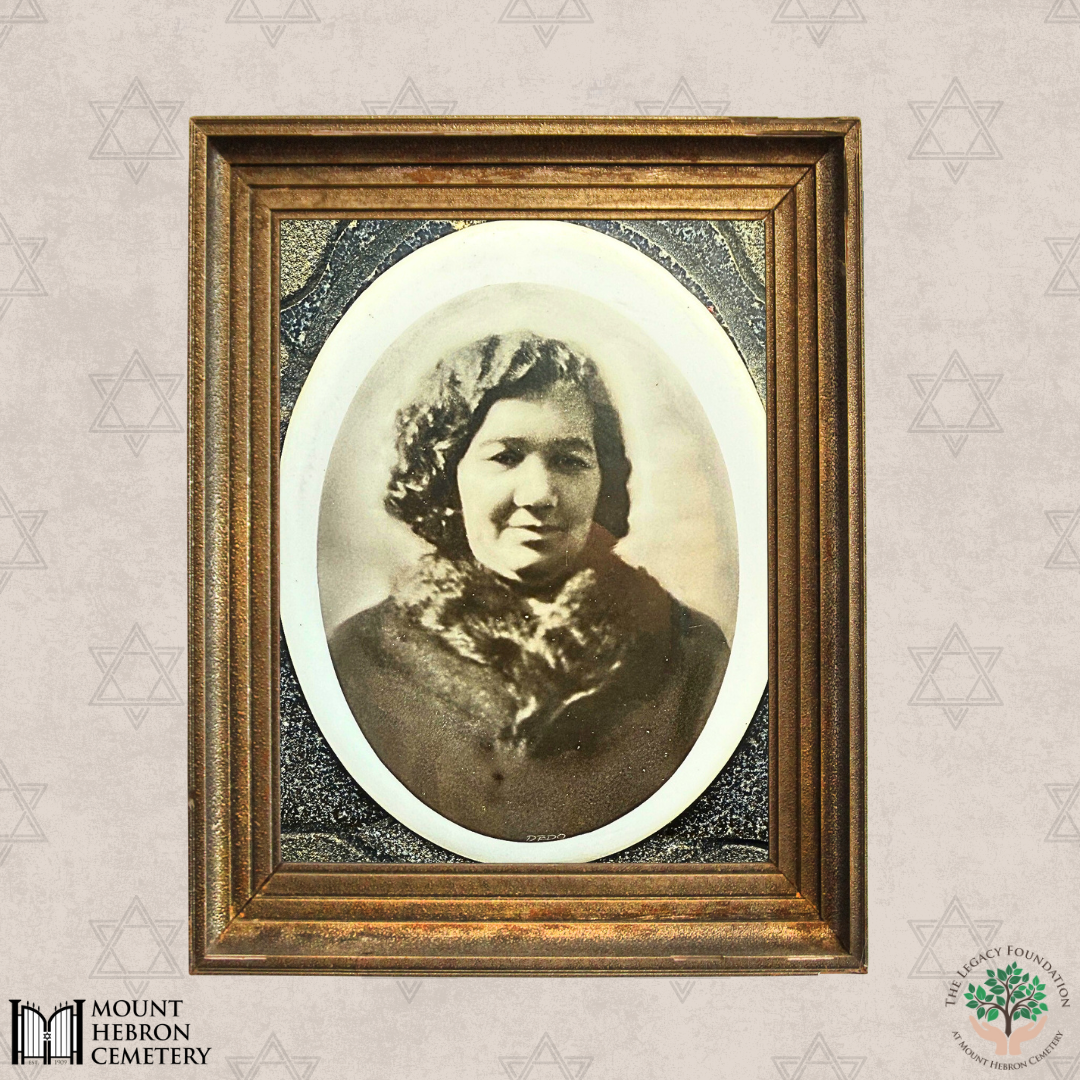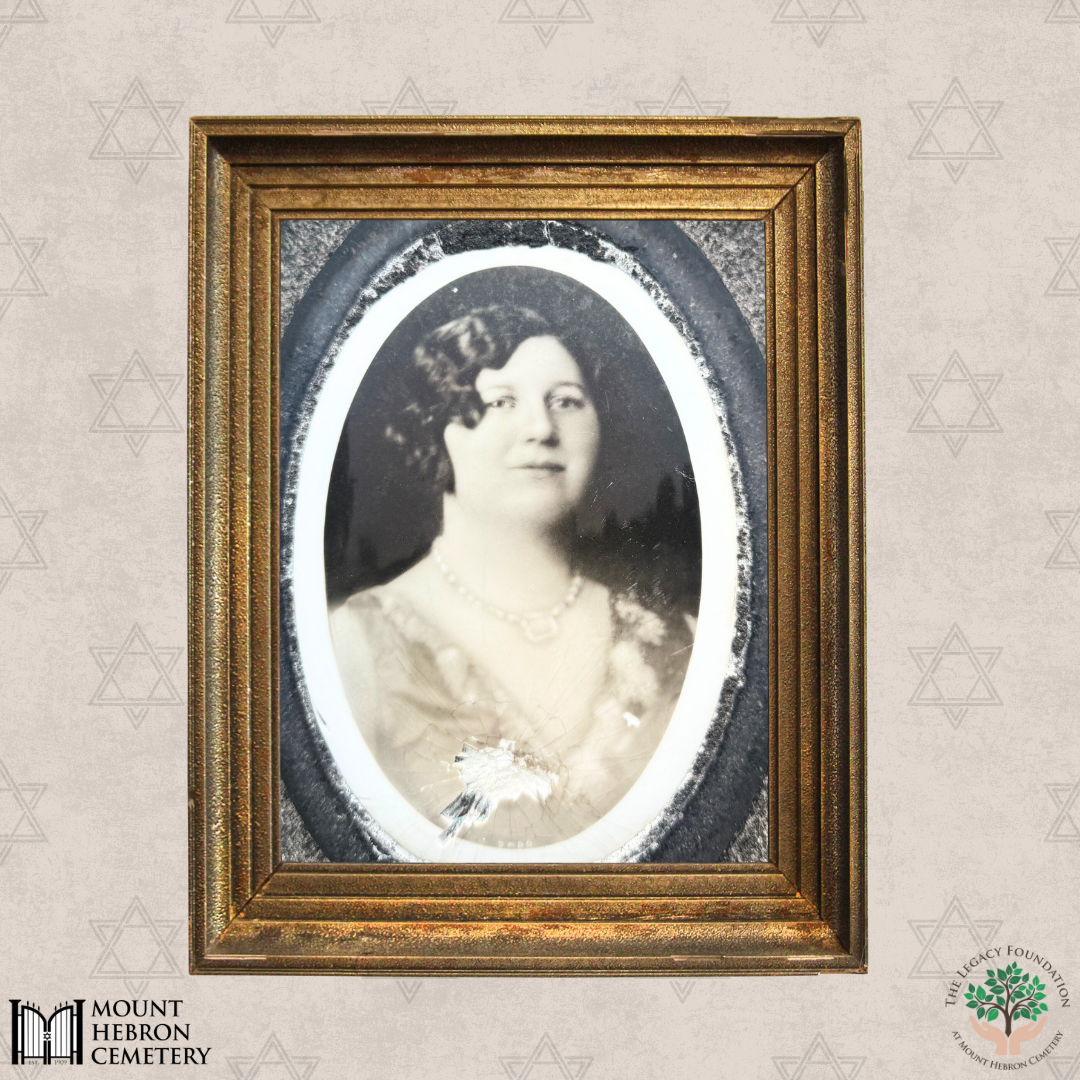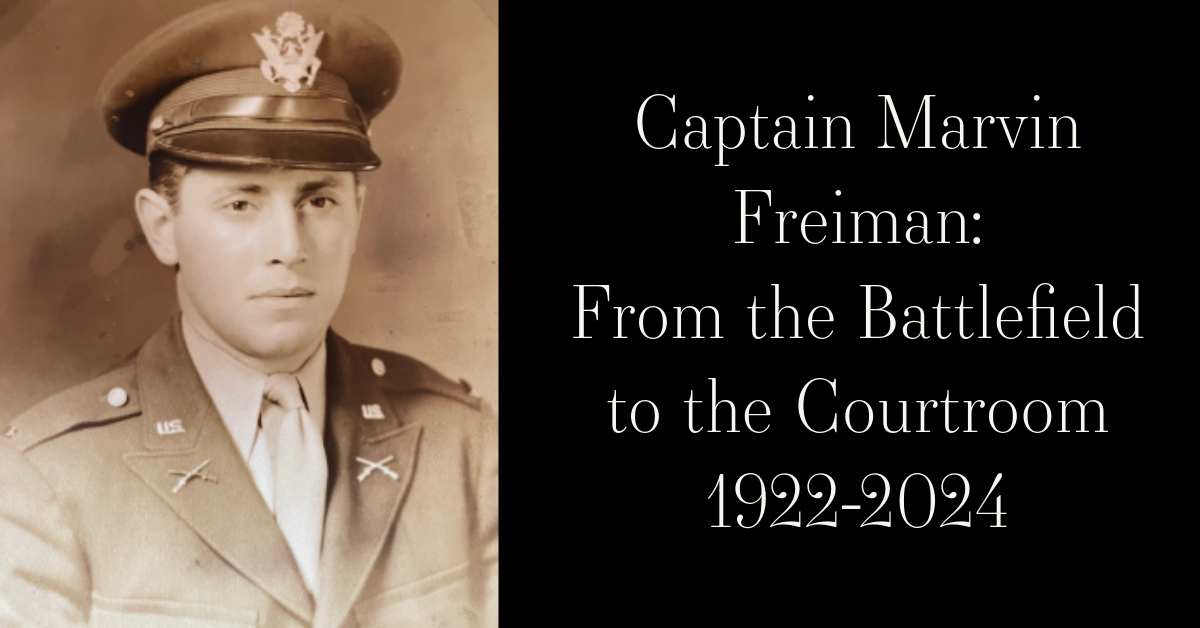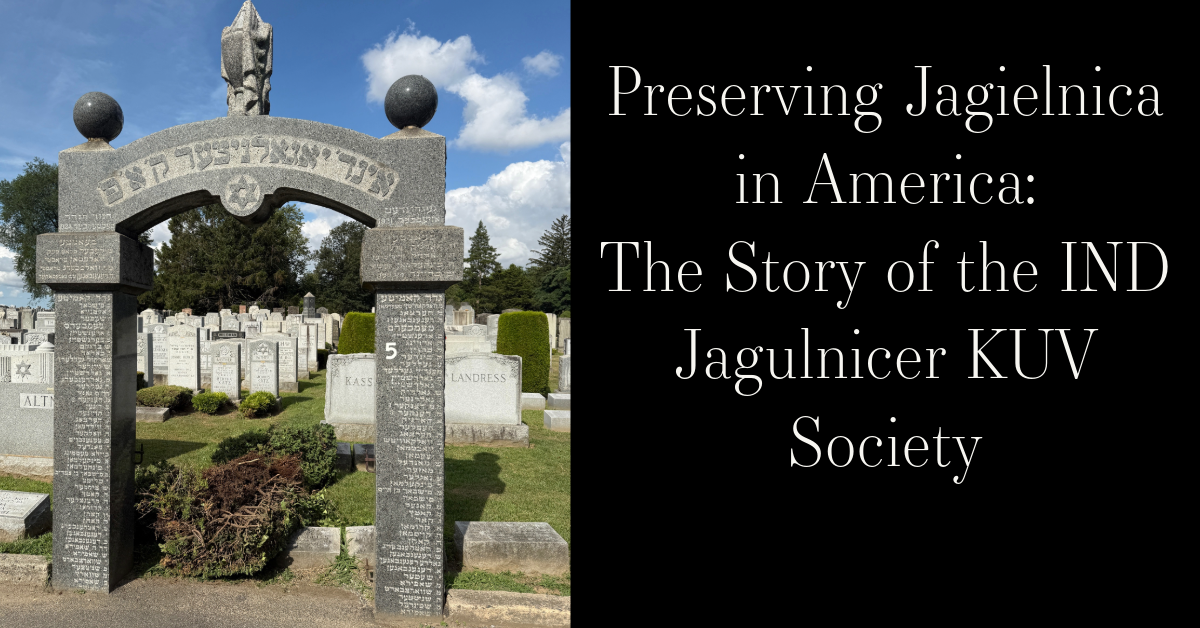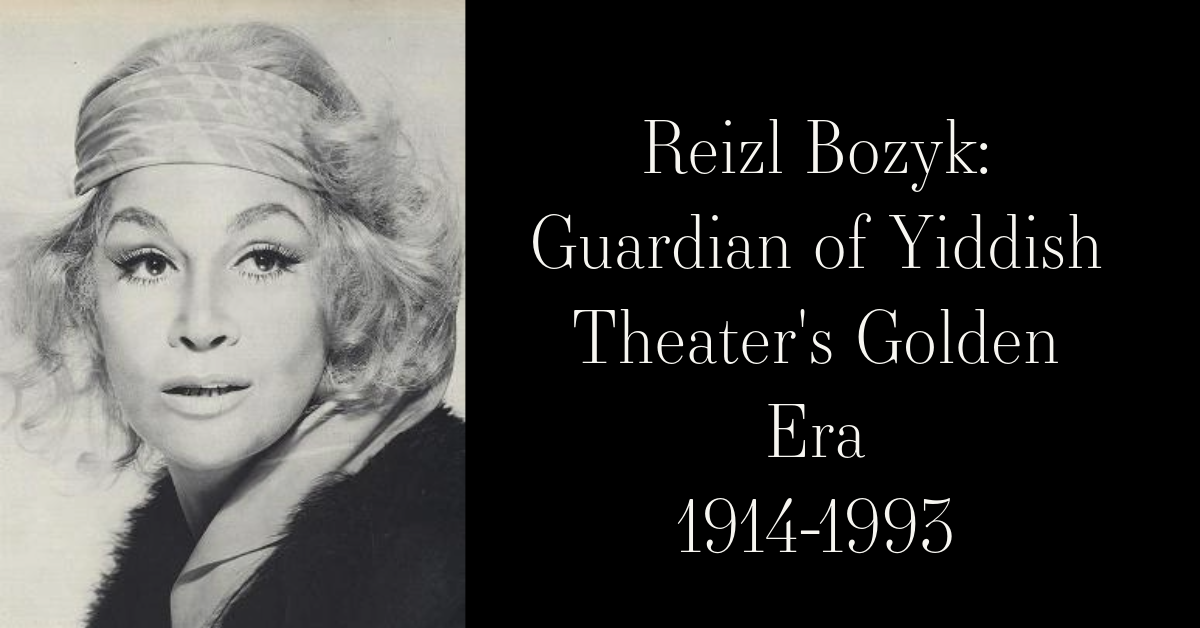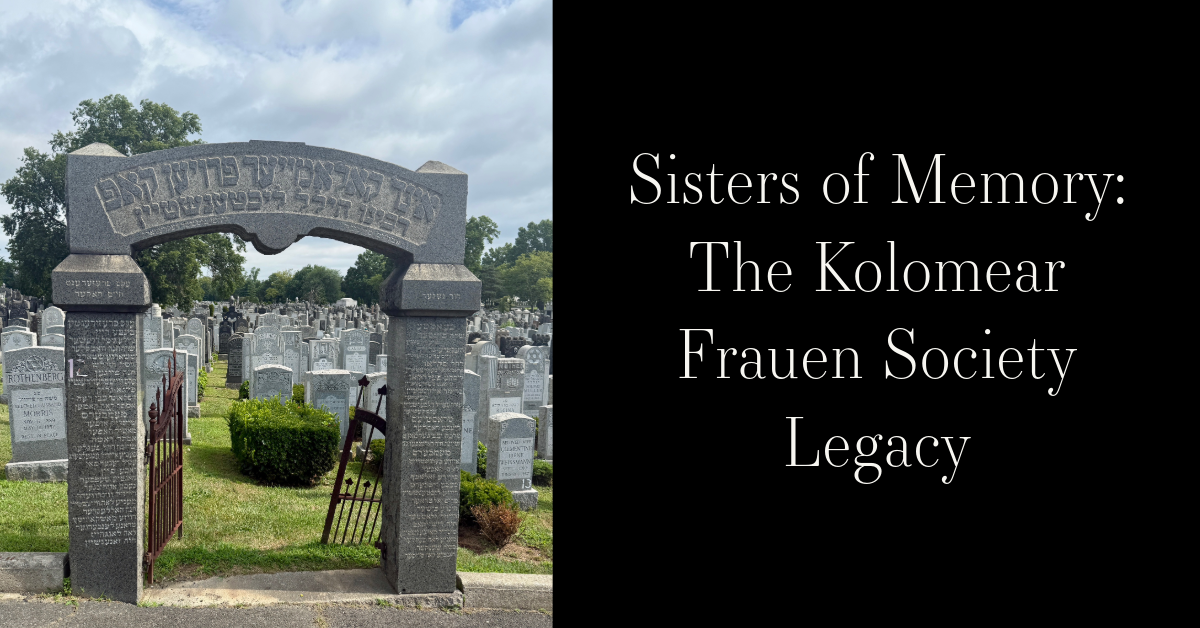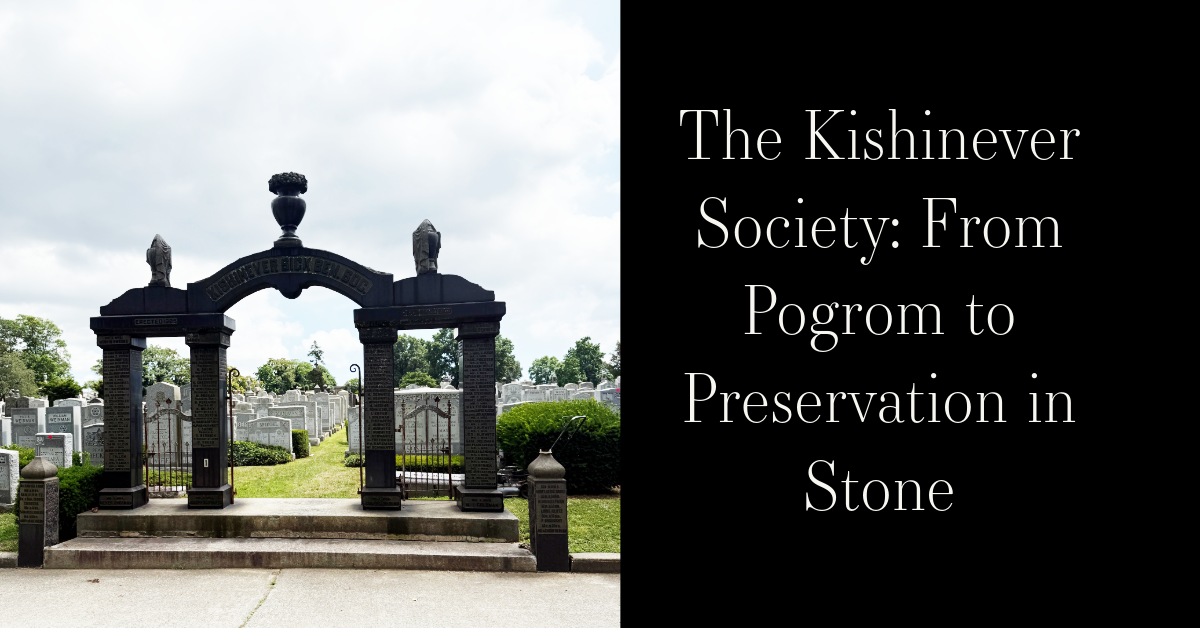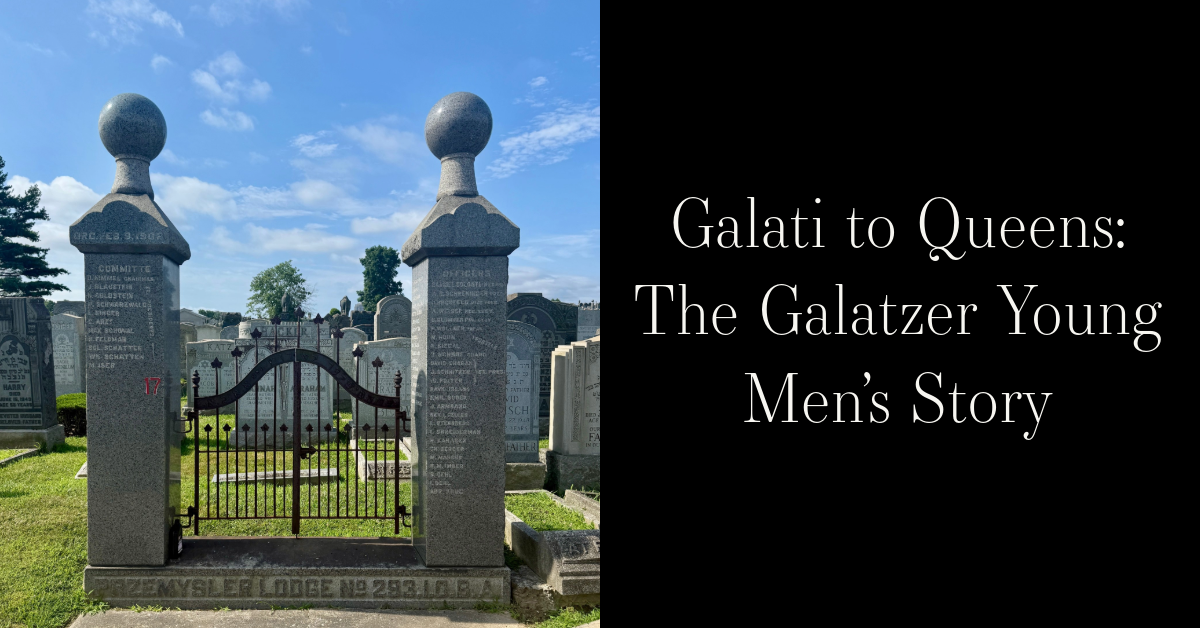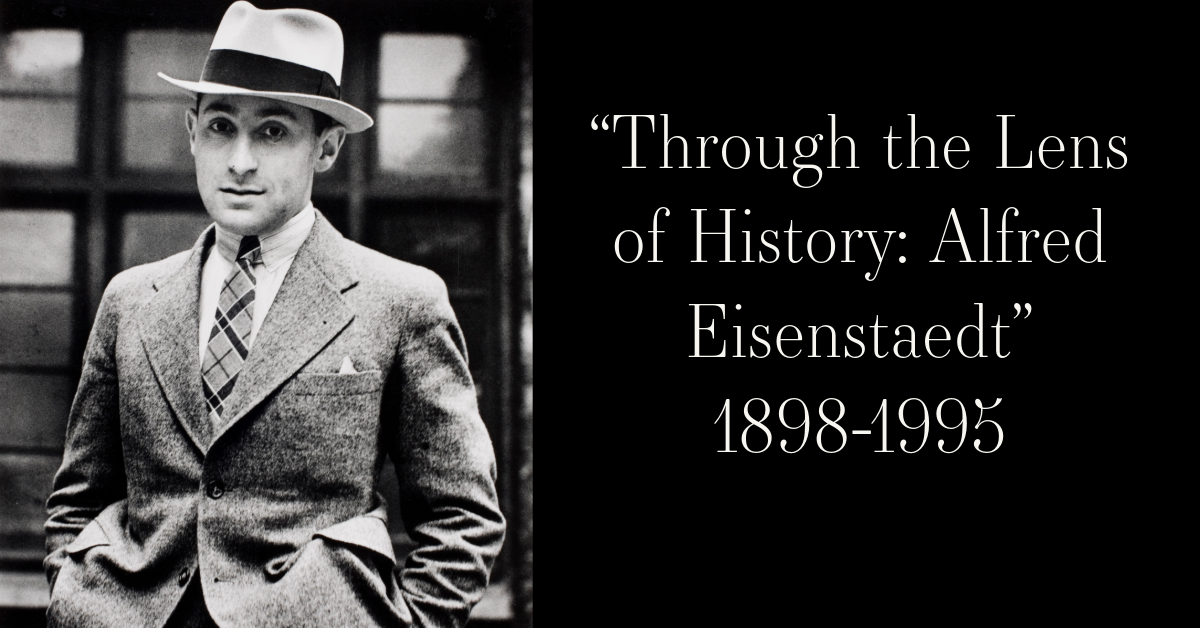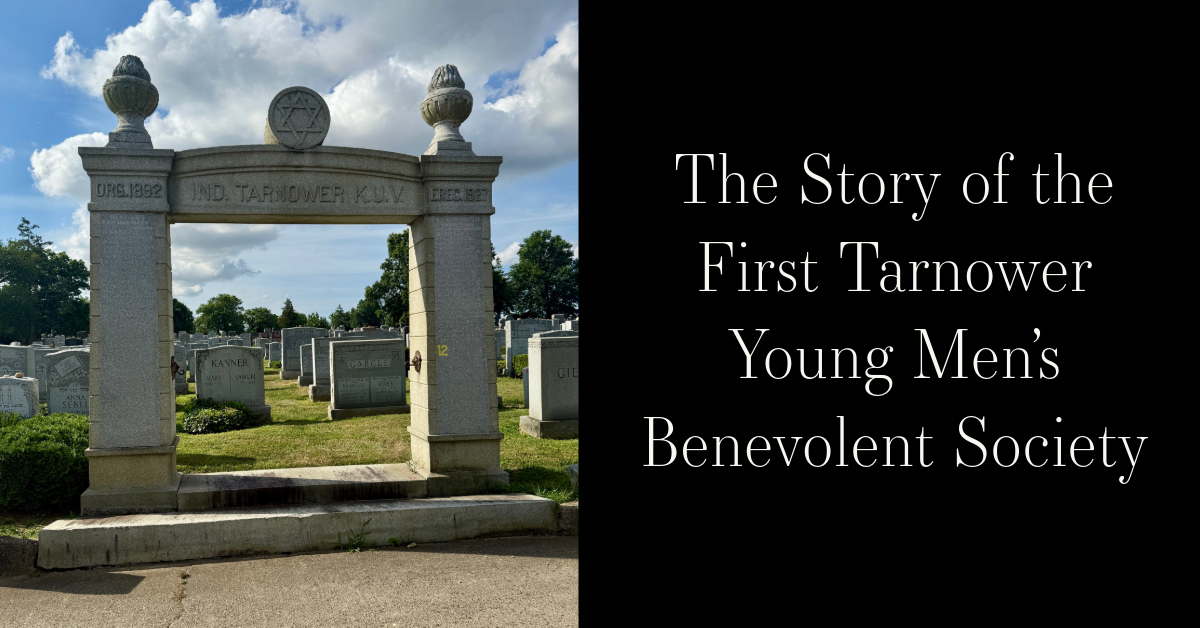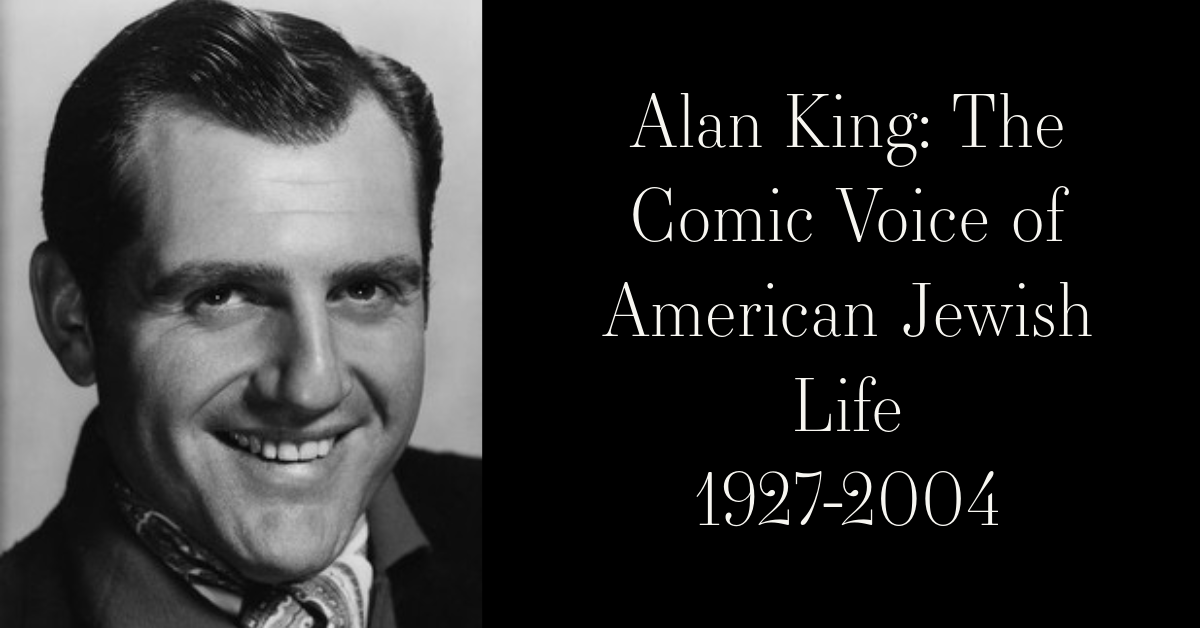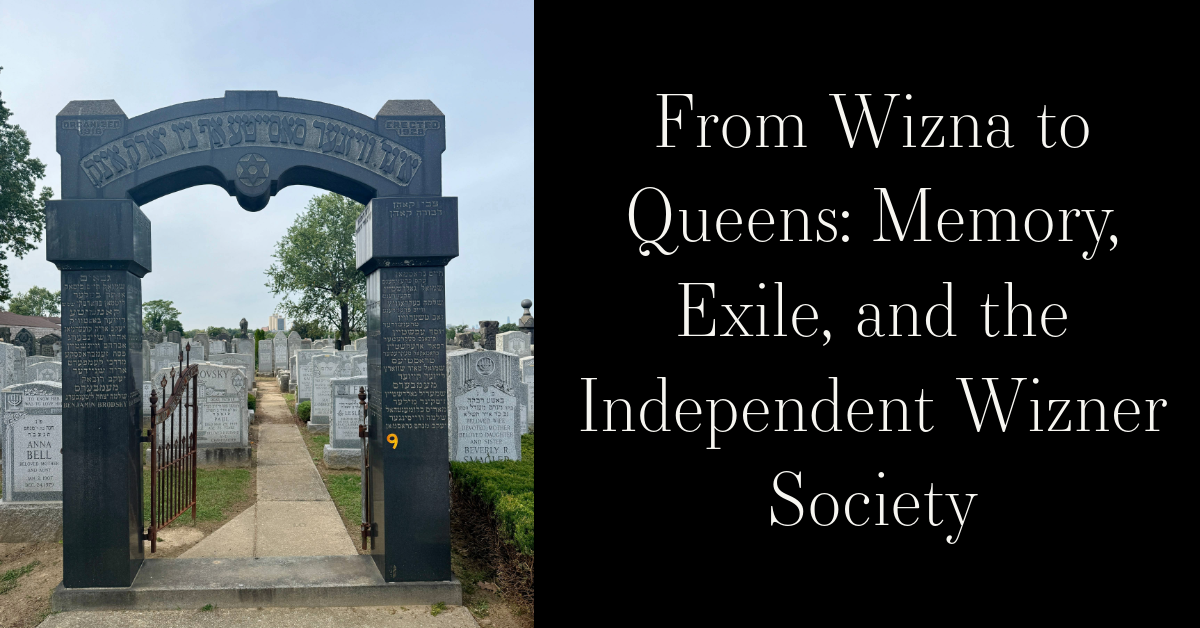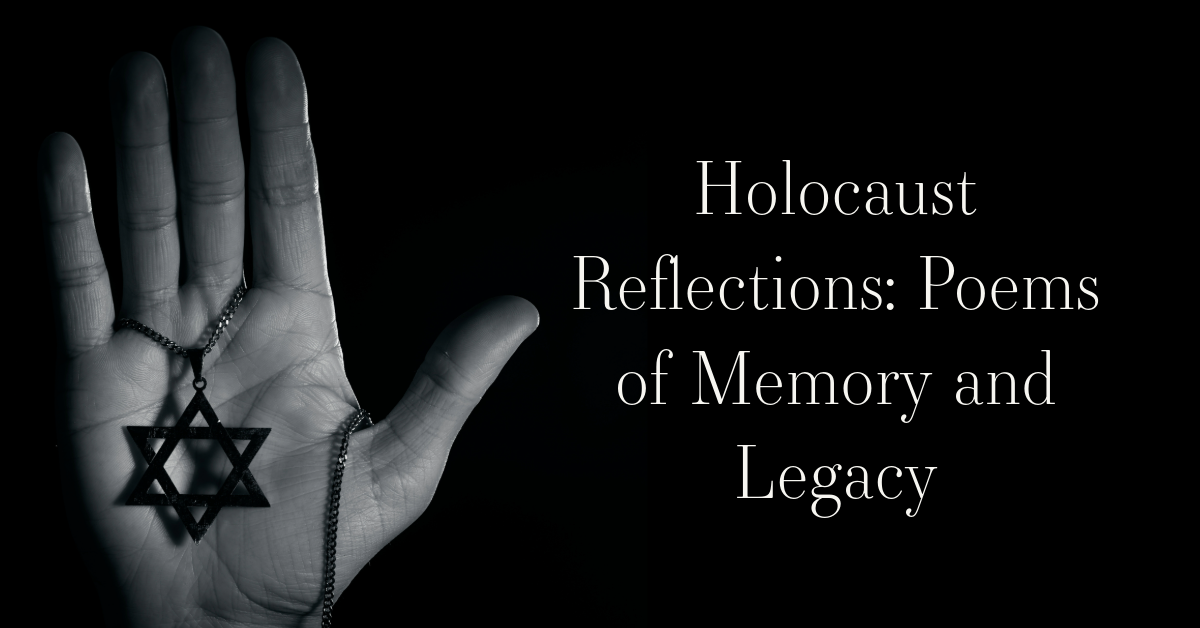Story Summary:
The Zurnishter Benevolent Association was established by immigrants hailing from Zhornyshche, Ukraine. This town was previously part of the Soviet Union (and before that, the Russian Empire). Its alternate spellings are as follows: Zhornishsche (Russian), Zhornitsh (Yiddish), and Zorniszcze (Polish). Initial Jewish presence in Zhornyshche dates to the 17th century. The Jews of Zhornyshche suffered greatly during the 18th-20th century as a result of the Haidamak attacks, pogroms, and German occupation. There were about 20 survivors when the town was liberated in March 1944. Their memories live on. ~Blog by Olivia Scanlon
Zurnishter Benevolent Association
The Zurnishter Benevolent Association was established by immigrants hailing from Zhornyshche, Ukraine. This town was previously part of the Soviet Union (and before that, the Russian Empire). Its alternate spellings are as follows: Zhornishsche (Russian), Zhornitsh (Yiddish), and Zorniszcze (Polish).
Initial Jewish presence in Zhornyshche dates to the 17th century. In 1768, the community suffered greatly from the Haidamak attacks (Ukrainian Cossacks). The population recovered by the 19th century, with Jews constituting just over 29% of the population (1,040 people). They suffered again from a pogrom in 1917. By 1926, there were just under 1000 Jews inhabiting the area. From 1925 to the late 1930s, a Yiddish school operated within the town. During the Soviet occupation, the Jews of Zhornyshche were exposed to various municipal and government networks, mostly those having to do with the processing and distributions of food products.
In June of 1941, following German invasion into the Soviet Union, many refugees, especially from Vinnitsa (30 miles west), entered Zhornyshche. German forces entered in mid-July of the same year. In August, a group of ethnic Germans part of a militia entered and killed 13 people at a ravine in Zhornyshche. By September, a ghetto had been established, holding about 500 people. In May of 1942, those in the ghetto were rounded up by the Ukrainian Schutzmannschaft (local police), and transported to Ilyintsy Forest where they were killed (6 miles east). The town was liberated by the Red Army in March of 1944, with about 20 having survived by hiding.
~Blog by Olivia Scanlon
https://muse.jhu.edu/document/3311
https://collections.yadvashem.org/en/untold-stories/community/14621928
https://collections.yadvashem.org/en/untold-stories/killing-site/14626794
https://collections.yadvashem.org/en/untold-stories/killing-site/14626795
https://www.jewishgen.org/Communities/Community.php?usbgn=-1060771




